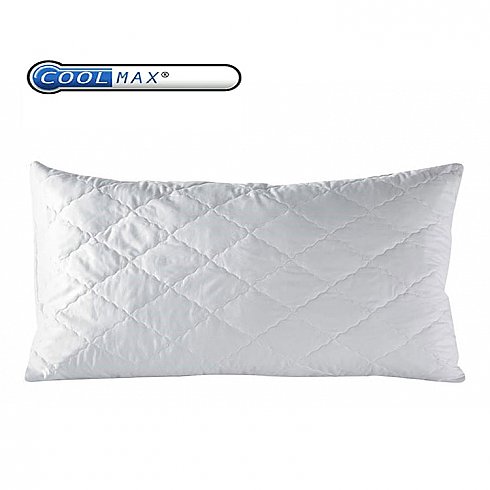Trampolines are a popular backyard toy for children, but they can also be dangerous. According to the Consumer Product Safety Commission (CPSC), there were more than 100,000 trampoline-related injuries in the United States in 2009. The most common injuries are broken bones, sprains, and strains. However, more serious injuries, such as concussions and spinal cord […]
Tag: 2020
Therapedic Down Alternative Comforter
The Therapedic Down Alternative Comforter is a perfect way to add an extra layer of warmth to your bed. This comforter is made with a down alternative fill that is hypoallergenic and provides the same level of warmth as down feathers. The comforter is also encased in a 100% cotton cover that is soft to […]
Beegod Pillows Review
The Beegod pillow is one of the most popular pillows on the market. It is made of high quality materials and is very comfortable. The pillow is also very affordable. This pillow is perfect for people who suffer from back pain or neck pain. The pillow is also great for people who want to get […]


